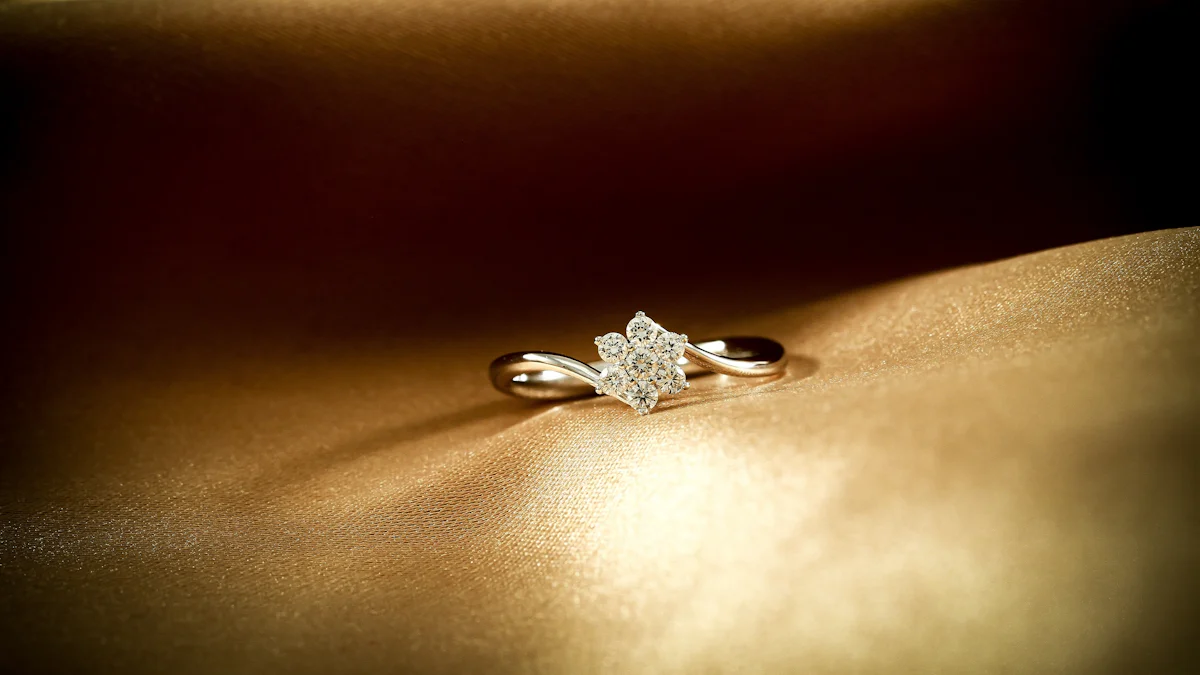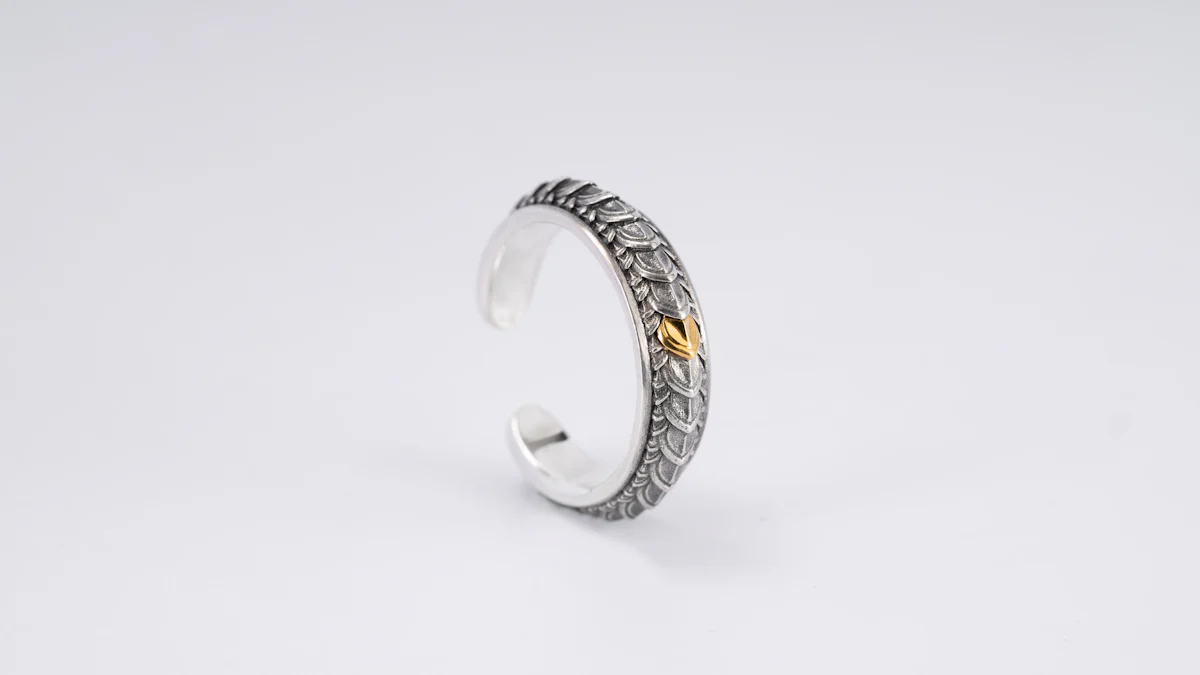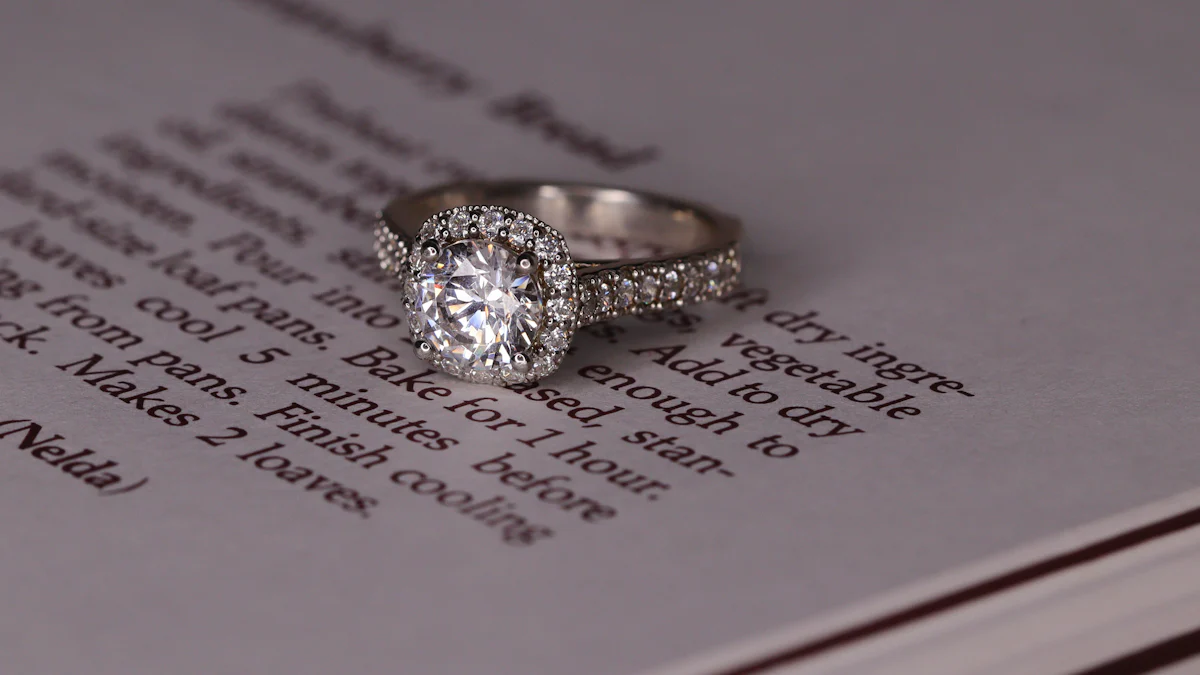Does White Gold Turn Yellow

White gold offers a beautiful and elegant choice for jewelry lovers. Many people worry about white gold turning yellow over time. Understanding why this happens helps you make informed decisions. The yellowing occurs as the rhodium plating wears off, revealing the natural color beneath. Regular maintenance keeps your jewelry looking its best. Learning about this process ensures you enjoy the lasting beauty of white gold.
Understanding White Gold

Composition of White Gold
White Gold combines gold with other metals to create a unique appearance. Jewelers mix gold with alloy metals like silver and palladium. These metals give White Gold its distinctive white color. The combination enhances durability and strength.
Metals Used in White Gold
Gold serves as the primary component in White Gold. Jewelers add metals such as nickel, silver, or palladium. Each metal contributes specific qualities. Nickel adds strength. Palladium offers a bright finish. Silver provides additional luster.
Role of Rhodium Plating
Rhodium plating plays a crucial role in White Gold jewelry. Jewelers apply a thin layer of rhodium over the alloy. This coating enhances the shine and whiteness. Rhodium also protects the underlying metal. Over time, the plating may wear off. Regular maintenance helps preserve the appearance.
Popularity and Uses
White Gold enjoys popularity for its elegance and versatility. Many people choose it for various types of jewelry. The blend of beauty and practicality makes it a favorite.
Jewelry Applications
White Gold finds use in many jewelry pieces. Rings, necklaces, and bracelets often feature White Gold. The metal's neutral tone complements various gemstones. White Gold suits both casual and formal occasions.
Comparison with Other Gold Types
White Gold differs from other gold types in appearance and composition. Yellow gold retains a warm hue. Rose gold offers a pinkish tint. White Gold provides a sleek and modern look. The choice depends on personal preference and style.
Why Does White Gold Turn Yellow?
White Gold jewelry can lose its bright appearance over time. This change often puzzles many owners. Understanding the reasons behind this transformation helps in maintaining the jewelry's beauty.
Natural Wear and Tear
Daily activities impact White Gold jewelry. Regular use causes friction against surfaces. This friction gradually wears away the rhodium coating. The underlying gold alloy then becomes visible.
Impact of Daily Use
Everyday tasks like washing hands or applying lotion affect White Gold. These actions expose the jewelry to moisture and chemicals. Over time, these elements contribute to the wearing of the rhodium layer. Frequent contact with hard surfaces also accelerates this process.
Effect of Environmental Factors
Environmental conditions play a significant role in the yellowing of White Gold. Humidity and air pollution can speed up the wear of the rhodium coating. Exposure to harsh chemicals, such as cleaning agents, further exacerbates this effect. Jewelry worn in swimming pools or hot tubs faces additional risks due to chlorine.
Rhodium Plating Wear
Rhodium plating gives White Gold its shiny and white appearance. However, this layer does not last forever. Understanding how rhodium plating works helps in recognizing signs of wear.
How Rhodium Plating Works
Jewelers apply a thin layer of rhodium to White Gold pieces. This layer enhances the metal's shine and whiteness. Rhodium also provides a protective barrier against scratches and tarnish. Despite its durability, rhodium eventually wears off due to regular use and environmental exposure.
Signs of Plating Wear
Visible signs indicate when rhodium plating begins to wear off. A noticeable yellow tint appears on the jewelry. This change signals the exposure of the underlying gold alloy. Dullness and scratches may also become more apparent. Regular inspections help in identifying these signs early.
Preventive Measures
Regular Maintenance
Regular maintenance keeps white gold jewelry looking beautiful. Cleaning techniques play a vital role in preserving the shine.
Cleaning Techniques
Use mild soap and warm water to clean white gold. A soft cloth helps remove dirt and oils. Avoid harsh chemicals that can damage the rhodium plating. Gentle cleaning maintains the jewelry's appearance.
Professional Inspections
Professional inspections identify early signs of wear. Jewelers check for scratches and plating wear. Regular visits ensure the jewelry stays in excellent condition. Experts provide advice on maintaining the jewelry's luster.
Protective Coatings
Protective coatings enhance the durability of white gold. Rhodium plating offers a popular solution for maintaining the white appearance.
Reapplying Rhodium
Reapplying rhodium restores the jewelry's shine. Jewelers add a fresh layer of rhodium to cover any yellowing. This process renews the protective barrier. Regular reapplication keeps the jewelry looking new.
Alternative Coating Options
Alternative coatings provide additional protection. Some jewelers use platinum or palladium for added strength. These metals offer different finishes and durability. Exploring options helps find the best solution for your jewelry.
Solutions for Restoring White Gold

Restoring the beauty of White Gold jewelry involves several effective methods. You can choose between professional services and do-it-yourself options. Each approach offers unique benefits for maintaining your jewelry's elegance.
Professional Refinishing
Professional refinishing provides a comprehensive solution for restoring White Gold jewelry. Jewelers use specialized techniques to bring back the original shine and luster.
What to Expect
Professional refinishing involves several steps. Jewelers first clean the jewelry thoroughly. They then polish the surface to remove scratches and dullness. A fresh layer of rhodium plating is applied to restore the white appearance. This process ensures that the jewelry looks as good as new.
Cost Considerations
The cost of professional refinishing varies. Factors such as the complexity of the design and the amount of rhodium required influence the price. Investing in professional services ensures high-quality results. Many people find this option worthwhile for preserving valuable pieces.
DIY Restoration Tips
For those who prefer a hands-on approach, DIY restoration offers practical solutions. Simple methods can help maintain the appearance of White Gold jewelry at home.
Safe Home Methods
Start by cleaning the jewelry with mild soap and warm water. Use a soft cloth to gently rub the surface. Avoid abrasive materials that can scratch the metal. Consider purchasing a rhodium plating kit for home use. These kits provide a temporary solution for minor yellowing.
When to Seek Professional Help
DIY methods work well for minor maintenance. However, significant wear or damage requires professional attention. Seek expert help if the jewelry shows deep scratches or extensive yellowing. Professionals have the tools and expertise to handle complex restorations.
Case Studies: Antique jewelry restoration often involves similar processes. Experts preserve family heirlooms by carefully restoring their original beauty. These successful restorations highlight the importance of choosing the right method for each piece.
Addressing Common Concerns
Cost of Maintenance
Maintaining white gold jewelry involves costs. Many people seek budget-friendly options to manage expenses.
Budget-Friendly Options
Budget-friendly options exist for maintaining white gold. Regular cleaning at home reduces professional service needs. Using mild soap and water keeps jewelry clean. Avoiding harsh chemicals protects the rhodium plating. These methods save money over time.
Long-Term Investment
Investing in professional maintenance offers long-term benefits. Professional services ensure high-quality care. Jewelers provide thorough inspections and refinishing. This investment preserves the jewelry's value and appearance. Many people find this approach worthwhile for cherished pieces.
Safety and Allergies
Safety concerns arise with white gold jewelry. Some individuals experience metal sensitivities.
Metal Sensitivities
Metal sensitivities affect some jewelry wearers. Nickel in white gold may cause allergic reactions. Symptoms include itching and redness. Identifying sensitivities helps in choosing suitable jewelry.
Choosing Safe Products
Choosing safe products prevents allergic reactions. Opt for white gold with palladium instead of nickel. Palladium offers a hypoallergenic alternative. Consulting with jewelers provides guidance on safe options. Prioritizing safety ensures comfortable wear.
White gold jewelry combines elegance and durability. Regular maintenance ensures lasting beauty. The rhodium plating may wear off over time. Reapplying rhodium restores the white appearance. Professional refinishing offers a comprehensive solution. DIY methods provide practical maintenance options. Choosing safe products prevents allergic reactions. White gold remains a valuable investment for cherished pieces. Prioritize care to preserve the jewelry's value and appearance. Enjoy the timeless elegance of white gold with proper upkeep.
See Also
Essential 18 Karat Gold Pendant Collection
Exploring 18k Gold Necklaces Treasures
The Unique Charm of a 3 Diamond Gold Ring

